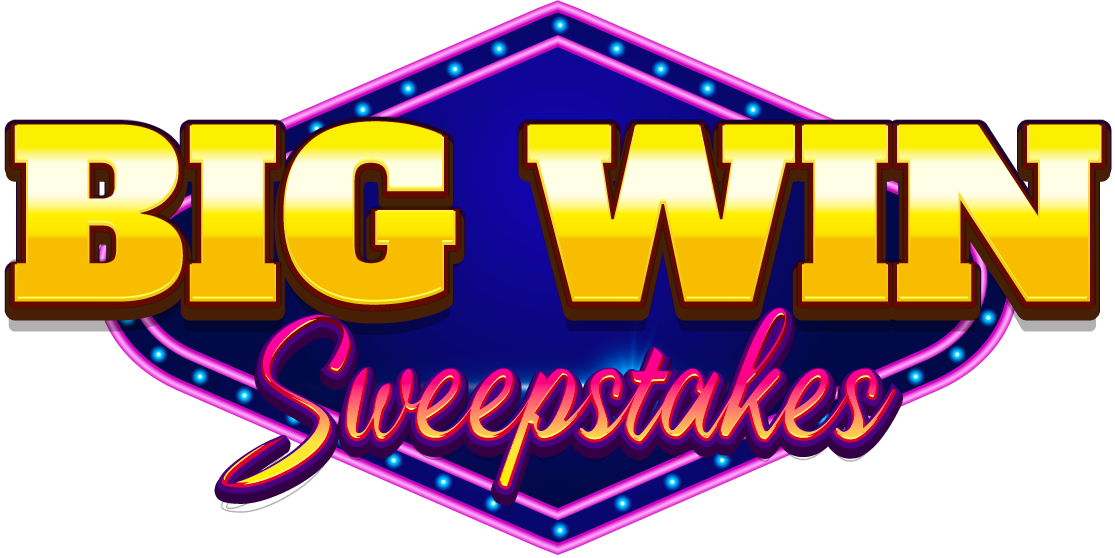Sweepstakes aren’t just random giveaways. Done right, they’re powerful marketing tools that help brands grow audiences, build engagement, and convert interest into real results. Below is a fresh guide on why sweepstakes marketing is effective — and how you can design a campaign that truly delivers.
Why Sweepstakes Marketing Delivers
- Low-cost, high-engagement: Sweepstakes let brands engage with potential customers directly — no need for pricey ad placements or paid sponsorships.
- Audience growth & lead capture: By asking for simple entry information (email, maybe name), you build a database of opt-in contacts to market to later.
- Broader reach & social amplification: Sweepstakes that encourage social sharing, referrals, or bonus entries can naturally spread through participants’ networks — giving you exposure well beyond your existing audience.
- Flexibility for different goals & audiences: Whether you’re a retail brand, a content site, a small business, or an online store — sweepstakes can be tailored to match your audience, product, or marketing objective.
How to Build a Sweepstakes Campaign That Works
Here’s a roadmap to designing a successful sweepstakes — from concept to follow-up:
1. Define Your Goals Clearly
Before launching, know what you want to achieve. Are you looking to:
- Grow your email/SMS list?
- Drive website or social traffic?
- Build brand awareness or reach a new segment?
- Boost product trials or sales?
Having a clear objective helps tailor the rest of your campaign — from prize selection, entry method, to promotion channels.
2. Choose a Prize That Resonates With Your Audience
A prize should feel relevant and desirable to your target people — ideally tied to your brand or niche. That ensures entries come from people likely to care about what you offer, not just “free-stuff seekers.
3. Keep Entry Simple & Low-Friction
Simplicity is key. Asking only for an email (and perhaps name) dramatically lowers the barrier to entry and maximizes participation. Avoid long forms or complicated requirements that turn people away.
4. Make It Easy to Share & Amplify
Encourage entrants to share the sweepstakes, refer friends, or use social media — and reward them for it with bonus entries or extra chances. This spreads reach organically and can significantly boost participation.
5. Promote Across Multiple Channels
Don’t rely on a single channel. Use email, social media, blogs, your website — wherever your audience lives. Broad promotion ensures the sweepstakes reaches people both inside and outside your current audience circle.
6. Test On All Devices — Prioritize Mobile
Make sure the sweepstakes entry page works seamlessly on mobile devices. Many users browse and participate from phones or tablets — if it’s broken or clunky, you’ll lose entries.
7. Track Metrics & Learn from Data
Set up metrics in advance: number of entries, conversion rate (entries → signups), traffic sources, email list growth, post-entry engagement, etc. Use these to evaluate success and refine your next campaign.
8. Follow Up — Don’t Just Give Away & Forget
Once the sweepstakes ends: announce the winner, fulfill prizes, and — importantly — engage with all entrants. Offer content, promotions, or follow-up value to turn new contacts into loyal customers or long-term subscribers.
When Sweepstakes Marketing Is Especially Useful
- Startups / small businesses — When budgets are tight, sweepstakes give access to broad audiences without major ad spend.
- Niche or lifestyle brands — With a well-targeted prize, sweepstakes attract genuinely interested people (not just bargain hunters).
- Brands launching new products or services — Use sweepstakes to generate buzz, build a waitlist or early-adopter base.
- E-commerce stores — Great for building mailing lists, launching seasonal promotions, clearing inventory, or driving repeat purchases.
Common Pitfalls — And How to Avoid Them
| Pitfall | How to Avoid |
|---|---|
| Prize unrelated to brand or audience → Low-quality leads | Choose prizes relevant to your niche, audience, and brand products |
| Complicated or long entry forms → Low participation | Keep entry minimal (email + name) to lower friction |
| No follow-up after entry → Lost opportunity | Use entrant data to nurture leads — send offers, content, or next-promo teasers |
| Single-channel promotion → Limited reach | Promote across email, social, website, maybe paid ads for reach |
| No tracking or measurement → Hard to evaluate ROI | Define metrics early and track results (entries, conversions, engagement) |
Conclusion: Treat Sweepstakes As Strategic Tools, Not Random Acts
When executed thoughtfully, sweepstakes aren’t just “giveaways.” They become part of a strategic growth engine — a way to build audiences, capture opt-in data, boost engagement, and convert participants into customers or loyal followers.
The key is to think beyond just “prize + hope.” Define your goal, choose the right prize, minimize friction, promote broadly, track results, and follow up. If you do that, a sweepstakes can become one of the most cost-effective, flexible, high-impact marketing tools in your toolbox.

